https://github.com/my8100/scrapyd-cluster-on-heroku
Set up free and scalable Scrapyd cluster for distributed web-crawling with just a few clicks. DEMO :point_right:
https://github.com/my8100/scrapyd-cluster-on-heroku
cluster heroku logparser python scrapy scrapyd scrapydweb web-crawling web-scraping
Last synced: 4 months ago
JSON representation
Set up free and scalable Scrapyd cluster for distributed web-crawling with just a few clicks. DEMO :point_right:
- Host: GitHub
- URL: https://github.com/my8100/scrapyd-cluster-on-heroku
- Owner: my8100
- License: gpl-3.0
- Created: 2019-04-02T07:19:35.000Z (over 6 years ago)
- Default Branch: master
- Last Pushed: 2020-04-04T10:53:37.000Z (over 5 years ago)
- Last Synced: 2025-04-08T23:22:40.197Z (6 months ago)
- Topics: cluster, heroku, logparser, python, scrapy, scrapyd, scrapydweb, web-crawling, web-scraping
- Language: Python
- Homepage: https://scrapydweb.herokuapp.com/
- Size: 236 KB
- Stars: 122
- Watchers: 6
- Forks: 88
- Open Issues: 5
-
Metadata Files:
- Readme: README.md
- Changelog: HISTORY.md
- License: LICENSE
Awesome Lists containing this project
README
:abc: English | [:mahjong: 简体中文](https://github.com/my8100/scrapyd-cluster-on-heroku/blob/master/README_CN.md)
# How to set up Scrapyd cluster on Heroku
## Demo
[scrapydweb.herokuapp.com](https://scrapydweb.herokuapp.com)
## Network topology
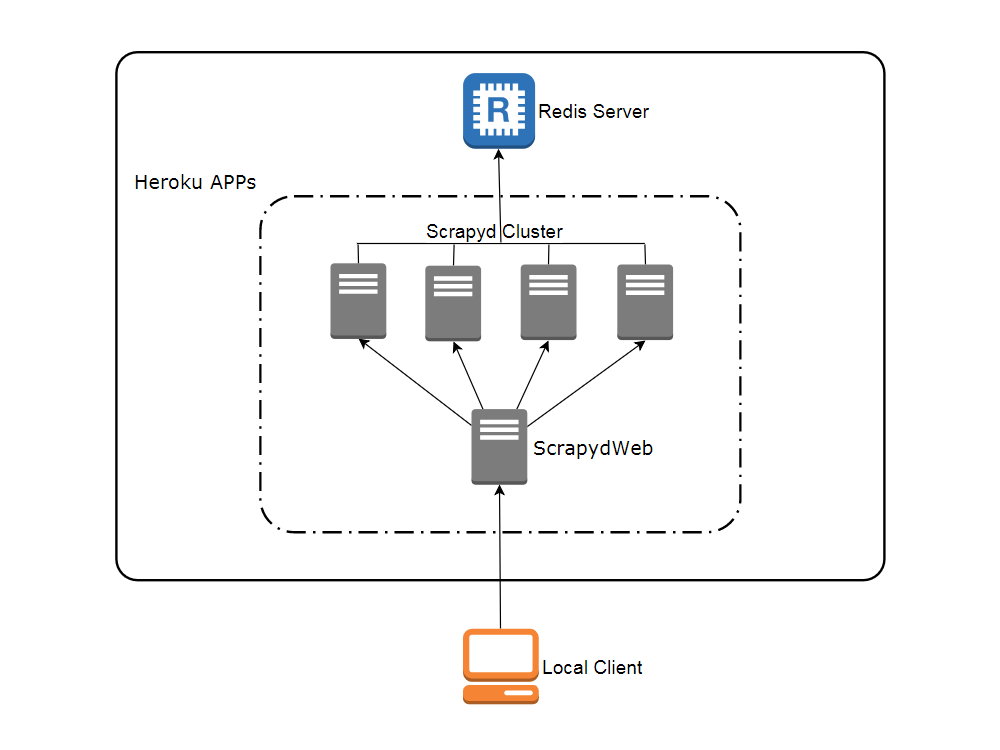
## Create accounts
View contents
1. Heroku
Visit [heroku.com](https://signup.heroku.com) to create a free account, with which you can **create and run up to 5 apps**.
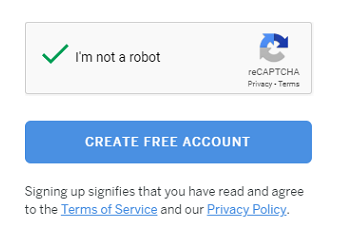
2. Redis Labs (optional)
Visit [redislabs.com](https://redislabs.com) to create a free account, which provides **30MB storage** and can be used by [scrapy-redis](https://github.com/rmax/scrapy-redis) for **distributed crawling**.
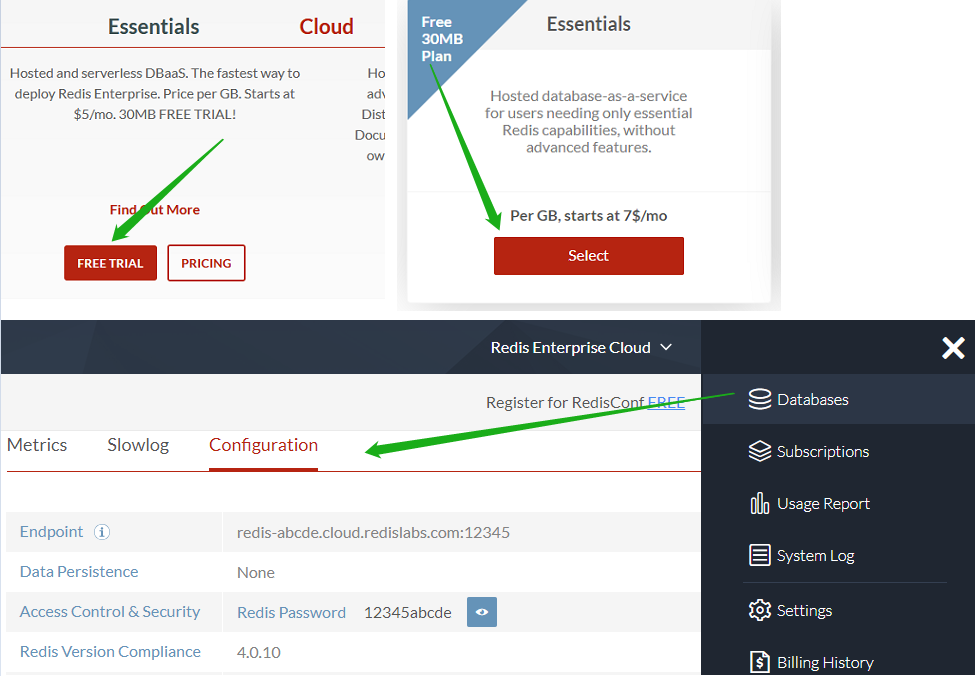
## Deploy Heroku apps in the browser
View contents
1. Visit [my8100/scrapyd-cluster-on-heroku-scrapyd-app](https://github.com/my8100/scrapyd-cluster-on-heroku-scrapyd-app) to deploy the Scrapyd app. (Don't forget to update the host, port and password of your Redis server in the form)
2. Repeat step 1 to deploy up to 4 Scrapyd apps, assuming theri names are `svr-1`, `svr-2`, `svr-3` and `svr-4`
3. Visit [my8100/scrapyd-cluster-on-heroku-scrapydweb-app-git](https://github.com/my8100/scrapyd-cluster-on-heroku-scrapydweb-app-git) to deploy the ScrapydWeb app named `myscrapydweb`
4. (optional) Click the **Reveal Config Vars** button on [dashboard.heroku.com/apps/myscrapydweb/settings](https://dashboard.heroku.com/apps/myscrapydweb/settings) to add more Scrapyd server accordingly, e.g. `SCRAPYD_SERVER_2` as the KEY and `svr-2.herokuapp.com:80#group2` as the VALUE.
5. Visit [myscrapydweb.herokuapp.com](https://myscrapydweb.herokuapp.com)
6. Jump to the [Deploy and run distributed spiders](#deploy-and-run-distributed-spiders) section below and move on.
## Custom deployment
View contents
### Install tools
1. [Git](https://git-scm.com/book/en/v2/Getting-Started-Installing-Git)
2. [Heroku CLI](https://devcenter.heroku.com/articles/heroku-cli)
3. [Python client for Redis](https://pypi.org/project/redis/): Simply run the `pip install redis` command.
### Download config files
Open a new terminal:
```
git clone https://github.com/my8100/scrapyd-cluster-on-heroku
cd scrapyd-cluster-on-heroku
```
### Log in to Heroku
```
# Or run 'heroku login -i' to login with username/password
heroku login
# outputs:
# heroku: Press any key to open up the browser to login or q to exit:
# Opening browser to https://cli-auth.heroku.com/auth/browser/12345-abcde
# Logging in... done
# Logged in as username@gmail.com
```
### Set up Scrapyd cluster
1. New Git repo
```
cd scrapyd
git init
# explore and update the files if needed
git status
git add .
git commit -a -m "first commit"
git status
```
2. Deploy Scrapyd app
```
heroku apps:create svr-1
heroku git:remote -a svr-1
git remote -v
git push heroku master
heroku logs --tail
# Press ctrl+c to stop logs outputting
# Visit https://svr-1.herokuapp.com
```
3. Add environment variables
- Timezone
```
# python -c "import tzlocal; print(tzlocal.get_localzone())"
heroku config:set TZ=US/Eastern
# heroku config:get TZ
```
- Redis account (optional, see *settings.py* in the *scrapy_redis_demo_project.zip*)
```
heroku config:set REDIS_HOST=your-redis-host
heroku config:set REDIS_PORT=your-redis-port
heroku config:set REDIS_PASSWORD=your-redis-password
```
4. Repeat step 2 and step 3 to get the rest Scrapyd apps ready: `svr-2`, `svr-3` and `svr-4`
### Set up ScrapydWeb app
1. New Git repo
```
cd ..
cd scrapydweb
git init
# explore and update the files if needed
git status
git add .
git commit -a -m "first commit"
git status
```
2. Deploy ScrapydWeb app
```
heroku apps:create myscrapydweb
heroku git:remote -a myscrapydweb
git remote -v
git push heroku master
```
3. Add environment variables
- Timezone
```
heroku config:set TZ=US/Eastern
```
- Scrapyd servers (see *scrapydweb_settings_vN.py* in the *scrapydweb* directory)
```
heroku config:set SCRAPYD_SERVER_1=svr-1.herokuapp.com:80
heroku config:set SCRAPYD_SERVER_2=svr-2.herokuapp.com:80#group1
heroku config:set SCRAPYD_SERVER_3=svr-3.herokuapp.com:80#group1
heroku config:set SCRAPYD_SERVER_4=svr-4.herokuapp.com:80#group2
````
4. Visit [myscrapydweb.herokuapp.com](https://myscrapydweb.herokuapp.com)
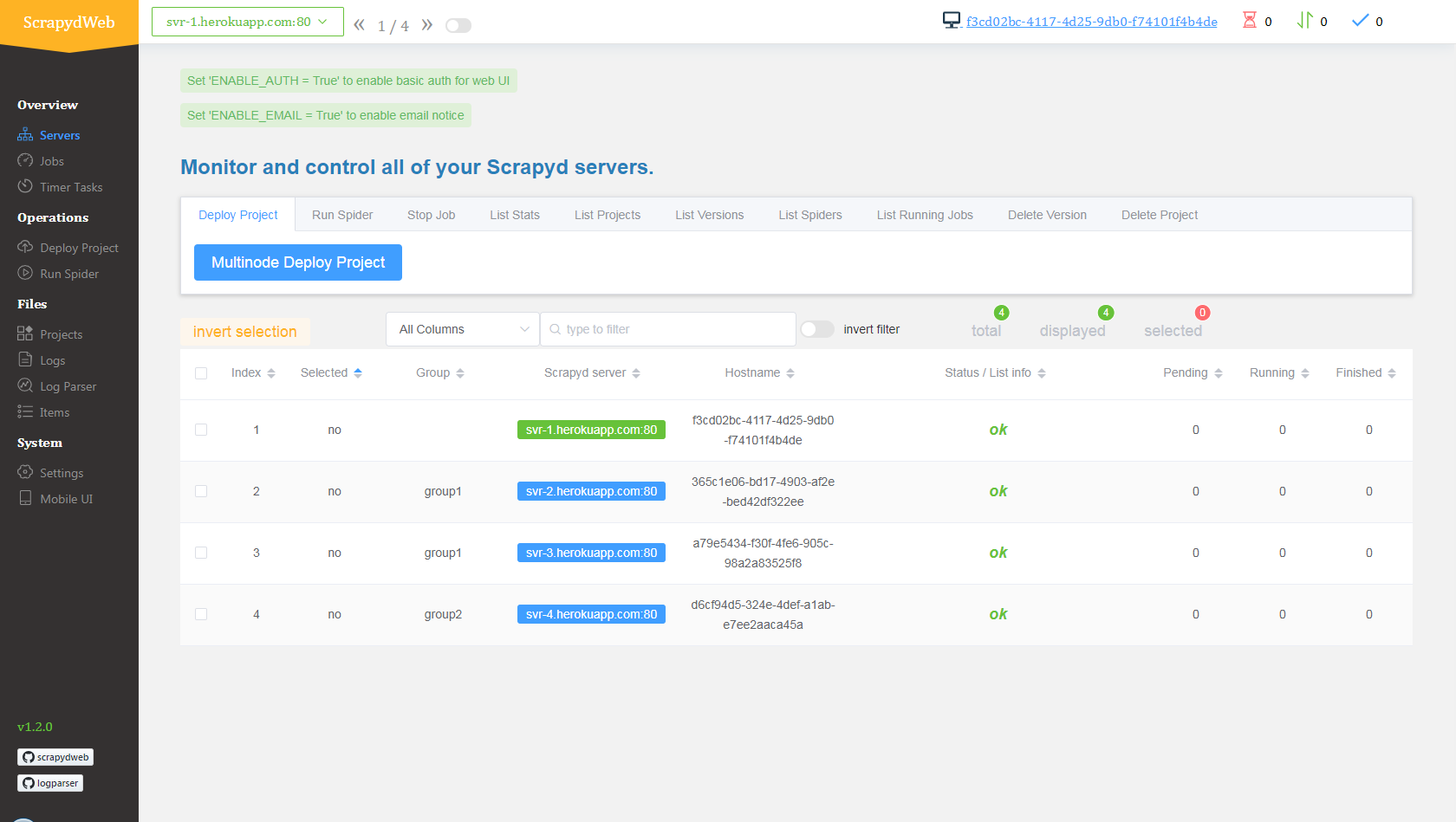
## Deploy and run distributed spiders
View contents
1. Simply upload the compressed file *scrapy_redis_demo_project.zip* which resides in the *scrapyd-cluster-on-heroku* directory
2. Push seed URLs into `mycrawler:start_urls` to fire crawling and check out the scraped items
```
In [1]: import redis # pip install redis
In [2]: r = redis.Redis(host='your-redis-host', port=your-redis-port, password='your-redis-password')
In [3]: r.delete('mycrawler_redis:requests', 'mycrawler_redis:dupefilter', 'mycrawler_redis:items')
Out[3]: 0
In [4]: r.lpush('mycrawler:start_urls', 'http://books.toscrape.com', 'http://quotes.toscrape.com')
Out[4]: 2
# wait for a minute
In [5]: r.lrange('mycrawler_redis:items', 0, 1)
Out[5]:
[b'{"url": "http://quotes.toscrape.com/", "title": "Quotes to Scrape", "hostname": "d6cf94d5-324e-4def-a1ab-e7ee2aaca45a", "crawled": "2019-04-02 03:42:37", "spider": "mycrawler_redis"}',
b'{"url": "http://books.toscrape.com/index.html", "title": "All products | Books to Scrape - Sandbox", "hostname": "d6cf94d5-324e-4def-a1ab-e7ee2aaca45a", "crawled": "2019-04-02 03:42:37", "spider": "mycrawler_redis"}']
```
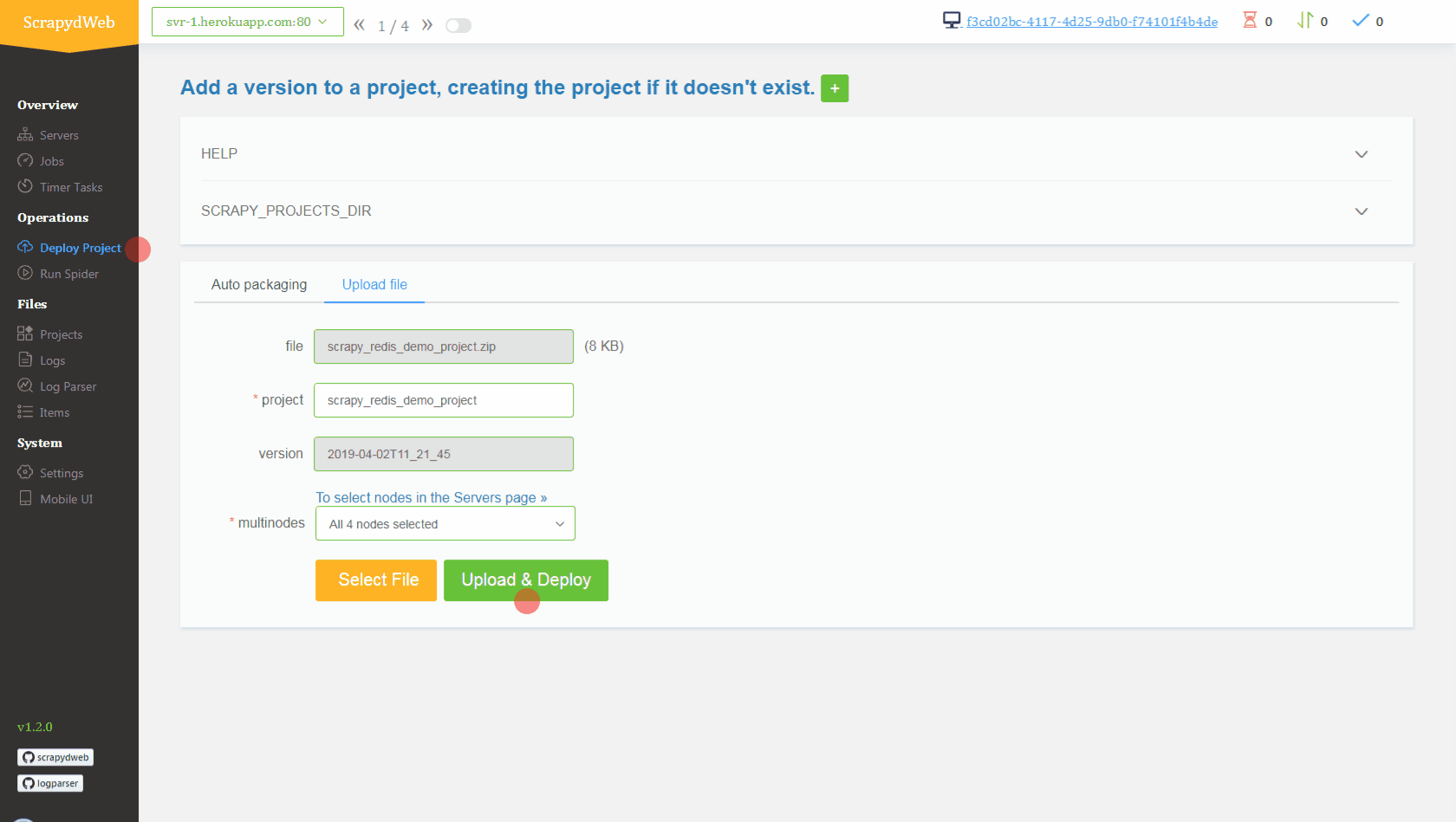
## Conclusion
View contents
- Pros
- Free
- Scalable (with the help of [ScrapydWeb](https://github.com/my8100/scrapydweb))
- Cons
- **Heroku apps would be restarted (cycled) at least once per day** and any changes to the local filesystem will be deleted, so you need the external database to persist data. Check out [devcenter.heroku.com](https://devcenter.heroku.com/articles/dynos#restarting) for more info.